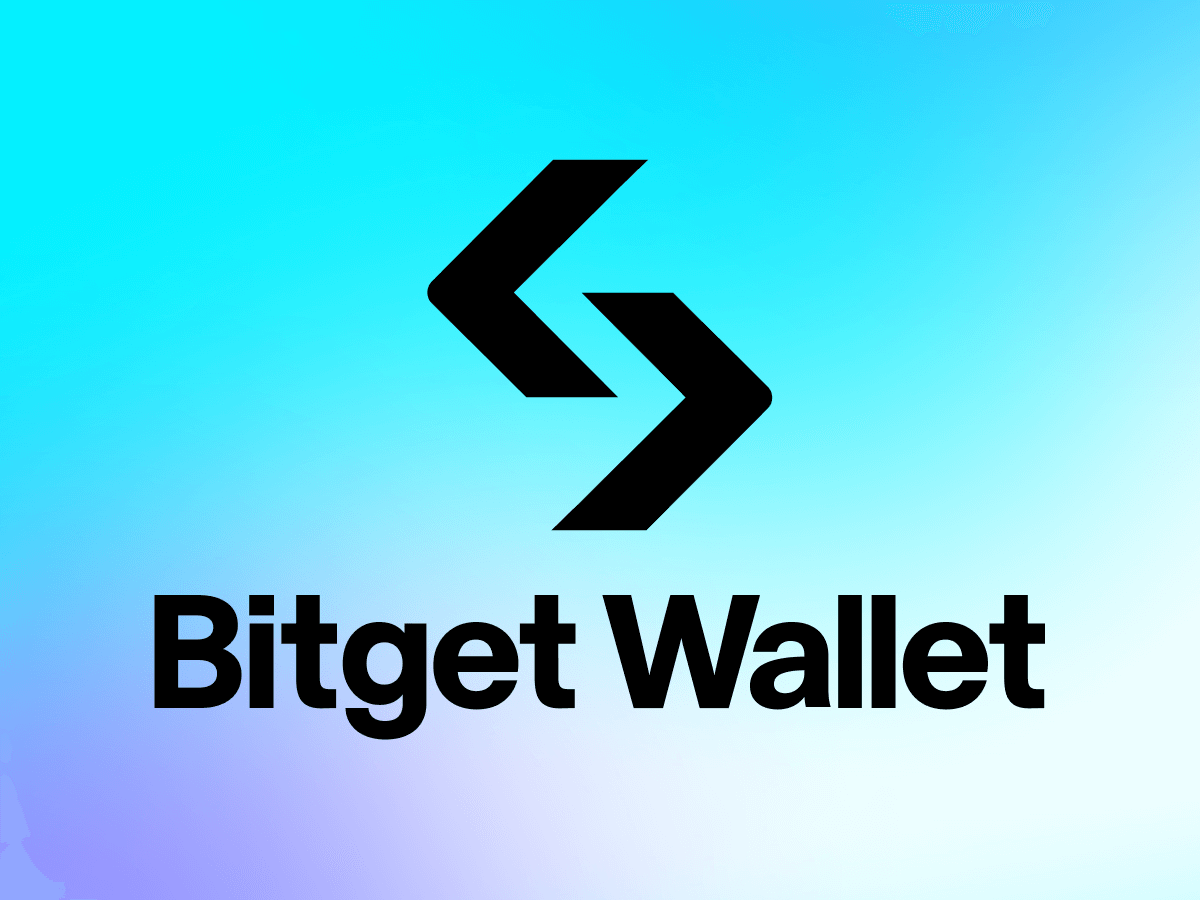Why Managing Your Crypto Portfolio on Mobile with Cross-Chain Swaps Is a Game-Changer
So I was thinking about how wild crypto trading has become lately. Seriously, it’s like the Wild West out there—fast moves, new tokens popping up, and this constant pressure to keep your portfolio agile. Wow! Managing everything from a desktop feels… well, kinda outdated. Mobile apps are stepping up big time.
Here’s the thing. Most of us DeFi enthusiasts crave a wallet that’s not just secure but also lets us jump between chains without the usual headache. Cross-chain swaps aren’t just a fancy feature anymore—they’re essential. But honestly, I used to be skeptical about how smooth it could really get on a mobile app. I mean, juggling multiple blockchains, security, and trading integration? Sounds like a mess.
Initially, I thought the experience would be clunky or too technical for everyday users. However, after diving into some new tools, my gut feeling shifted. There’s this new vibe of seamlessness that wasn’t there before. (Oh, and by the way, if you haven’t checked out the bitget wallet extension, you might want to peek—it’s been a solid companion for managing multiple assets on the go.)
Mobile crypto portfolio management used to feel like trying to balance plates on a unicycle. But now, a few apps are making it less like a circus act and more like a walk in the park. Something felt off about the old methods—too many apps, too many passwords, and zero fluidity between chains.
Really? Yeah. And I realized that without proper integration, you’re stuck hopping between interfaces, losing precious time and sometimes even money.
Let me break down some of the quirks I’ve noticed. Cross-chain swaps, for example, are often touted as the holy grail for DeFi users. But don’t get me wrong—there are catches. The speed varies depending on the chains involved, and transaction fees can sneak up on you. Still, the convenience? Huge.
Using a mobile app that natively supports these swaps feels like having a Swiss Army knife in crypto—everything’s right there when you need it. I remember fumbling with desktop-based bridges that required multiple approvals and confirmations. On mobile, with the right wallet, things just click faster.
Okay, so check this out—security is always front and center. I’ll be honest, I’m biased toward wallets that respect user autonomy and minimize third-party risks. That’s why extensions like the bitget wallet extension have caught my eye; they combine ease of use with robust security layers.
But here’s where it gets interesting: while mobile apps improve accessibility, they also increase attack surfaces. Hmm… balancing convenience and security is tricky. Developers have to innovate constantly to keep users safe without turning the experience into a maze of authentication hurdles.
Still, managing your portfolio from a single interface, with integrated trading and cross-chain functionality, drastically reduces friction. No more copying and pasting wallet addresses or switching apps every time you want to move funds or swap tokens. It’s a massive quality-of-life upgrade.
Now, about portfolio visibility—this part bugs me sometimes. I’ve seen apps that show your holdings but lack real-time updates or comprehensive analytics. For someone juggling assets across Ethereum, Binance Smart Chain, and maybe some newer chains, having a unified dashboard is very very important.
And let’s not overlook the power of notifications. Getting alerts about price changes or swap confirmations directly on your phone keeps you in the loop without always having to stare at charts.
On one hand, some purists might argue that mobile wallets can’t match desktop wallets in terms of advanced features. Though actually, the gap is narrowing fast, especially with extensions and apps that tap into browser-based tech. The bitget wallet extension, for instance, bridges that divide pretty well—offering desktop-grade functionality in a lightweight, user-friendly format.
Something I discovered recently is how these wallets handle gas fees and transaction batching. It’s subtle but makes a noticeable difference in user experience, especially when swapping across chains where fees can pile up unexpectedly. The best ones automate fee optimization without you even realizing it.
Wow! It’s fascinating how far we’ve come. I remember when managing a crypto portfolio meant wrestling with spreadsheets and multiple browser windows. Now, the lines between wallets, exchanges, and portfolio trackers are blurring.

Check this out—visualizing your entire crypto ecosystem on your phone, with instant cross-chain swaps and secure wallet access, feels like having a personal trading floor in your pocket. And honestly, for anyone doing DeFi seriously, it’s a must-have.
Why Cross-Chain Swaps Matter More Than Ever
Cross-chain swaps aren’t just a tech novelty; they’re a necessity in today’s multi-chain reality. When you think about it, holding assets spread across different protocols without the ability to shift them fluidly is like having cash trapped in different wallets you can’t open on the fly.
Here’s my take: the real challenge is trust and speed. You want swaps to happen quickly but without exposing your keys or relying on centralized bridges that might be vulnerable. The bitget wallet extension stands out here because it leverages decentralized tech while keeping the user experience slick.
One thing that surprised me was how the integration of portfolio management and trading within the same app reduces cognitive load. Instead of toggling between your wallet and exchange, you just swap, manage, and track all in one place.
But I have to admit—there are still moments where latency or chain congestion causes delays. That’s frustrating, no doubt. However, these hiccups are becoming less common as layer-2 solutions and cross-chain protocols mature.
Something else worth mentioning is how mobile wallet apps now provide better support for DeFi activities beyond simple swaps. Staking, yield farming, and governance voting are often baked right into the interface. This all-in-one approach makes portfolio growth and management feel more organic.
Honestly, I’m excited to see how these tools evolve. Right now, the combination of mobile accessibility, cross-chain swaps, and integrated trading feels like the tip of the iceberg.
Personal Experience with Mobile Portfolio Management
Okay, so I’m not just theorizing here. Over the past few months, I’ve been using mobile wallets extensively while traveling (which, by the way, is when mobile functionality really shines). Juggling assets across chains was once a tedious chore. Now, it’s more like a quick tap-and-go operation.
My instinct said that relying solely on mobile might be risky, but using apps with strong security protocols, like the bitget wallet extension, has eased that worry. Multi-factor authentication, biometric locks, and hardware wallet integrations have upped the ante.
Still, I’m cautious. Mobile devices can be lost or hacked, so I make sure to keep backups and use wallets that let me control private keys myself. This balance between convenience and control is crucial.
Something that pleasantly surprised me was the responsiveness of customer support teams behind these wallets—quick answers and helpful guides really make a difference, especially for newer users.
Though I’ll be honest, not every app nails the UX perfectly. Some get too fancy with animations or bury important features under layers of menus. That drives me nuts. Simplicity and clarity win every time.
One last nugget: I noticed that frequent portfolio rebalancing became easier and less stressful. When you have your assets and swap functions in the same mobile interface, you’re more likely to act on opportunities fast. That can translate to better returns or at least less regret.
So yeah, mobile crypto portfolio management with cross-chain swaps isn’t just a trend—it’s shaping how we interact with our digital assets daily. If you haven’t tried it yet, I recommend starting with a wallet that’s known for its seamless integration and security—like the bitget wallet extension. It’s become my go-to tool for on-the-go crypto management.
At the end of the day, crypto is about freedom and accessibility. Having your portfolio literally in your pocket, ready for action across multiple chains, feels like the future unfolding right now.








